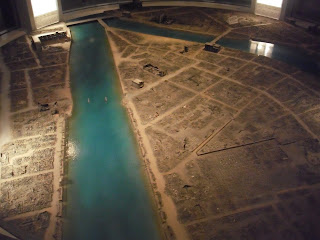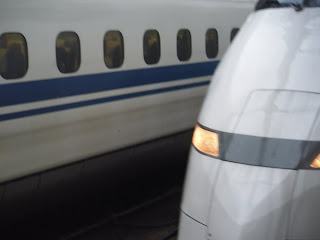




Today was our final exam, which meant our time in Japan was over. I was disappointed that the visit to Hiroshima got removed from the program so I took the option of taking my final at an earlier time so that I could join the some of my classmates on a 2-hour journey to Hiroshima from JCMU.
I was very excited that I had the opportunity to visit a historical sight in our World History. I learned a lot about the A-bomb attack on Japan when I was in Middle school and I never would have thought I would be standing on the land where it happened. I couldn’t pass up the opportunity on my last day in this great country.
It was a long bullet train ride to Hiroshima but it was all worth it once we got there. The Hiroshima Carps is the baseball team that resides there and I bought a baseball cap as a souvenir to remember my visit. The A-bomb dome is a historical landmark that we got a chance to view. It is the last remaining building that survived the attack and has been preserved over the years as a reminder of what happened. The central sight where the bomb was initially dropped has been turned in to a park and used to symbol peace. We got a chance to walk around the museum and view the story’s leading up to the attack and the devastating results that changed the culture of the Japanese. There were videos of the attack and items that were found on the land after the bomb on display at the museum. Some of the pictures of the people were hard to view and I couldn’t believe that our country was responsible for this devastating attack. We will forever be labeled as the fist to use nuclear weapons and I don’t think that is a good title to have. The museum also explained the process of rebuilding Hiroshima and the effects that the radiation from the nuclear bomb had on the people. These affects killed instantly and some had long term affects that killed down the line of life.
This was a great experience that I will never forget, and I will always cherish the memories I have developed during my time here in Japan.

















































